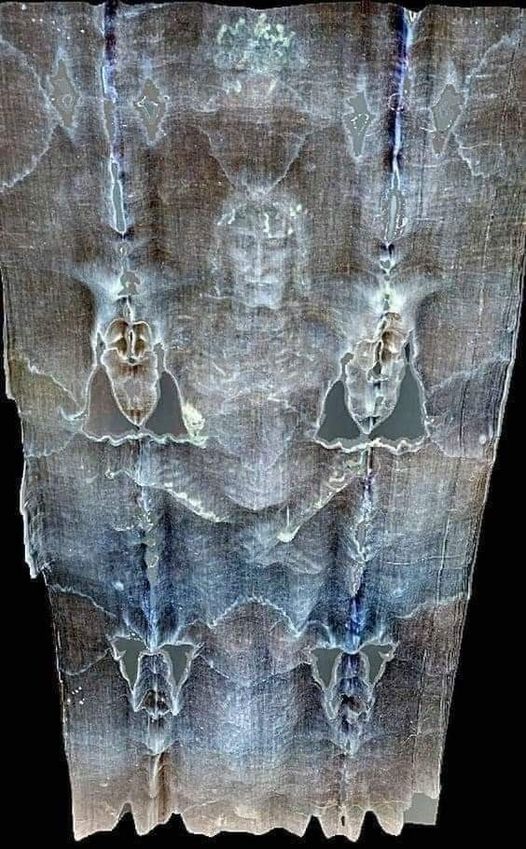The Holy Shroud of Turin
The Shroud of Turin stands as one of the most significant and debated Christian relics in Italy. This linen cloth, bearing the negative image of a man who died violently, has sparked endless intrigue and controversy. According to Catholic tradition, this shroud is believed to be the burial cloth of Jesus Christ, capturing a “photograph” of His image. However, this claim isn’t officially recognized by the Roman Church, adding layers to its mystery.
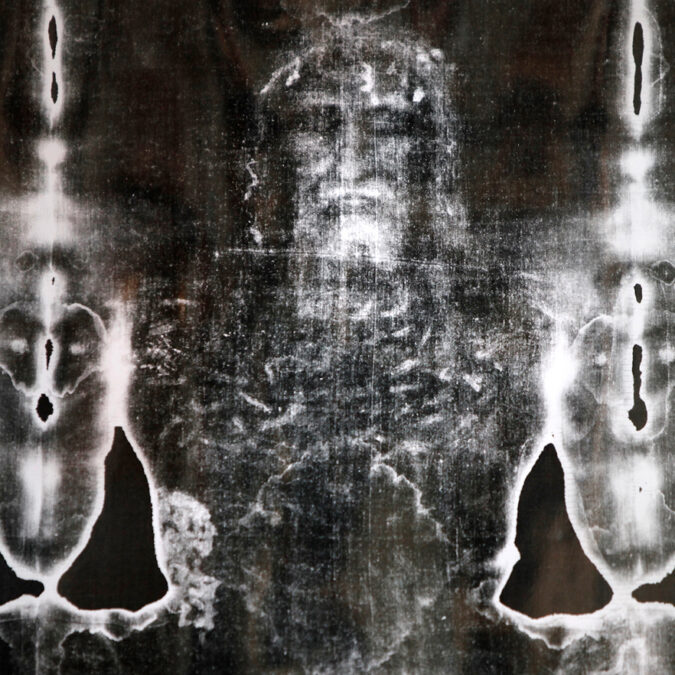
The Enigmatic Image on the Shroud
The Shroud of Turin is the most scientifically studied image in history, yet it remains an enigma. Despite numerous studies, there is no definitive scientific explanation for how the image was produced. The debate surrounding the Shroud often devolves into a battle between those who argue for its authenticity and those who dispute it, turning into a broader conflict of science versus religion.
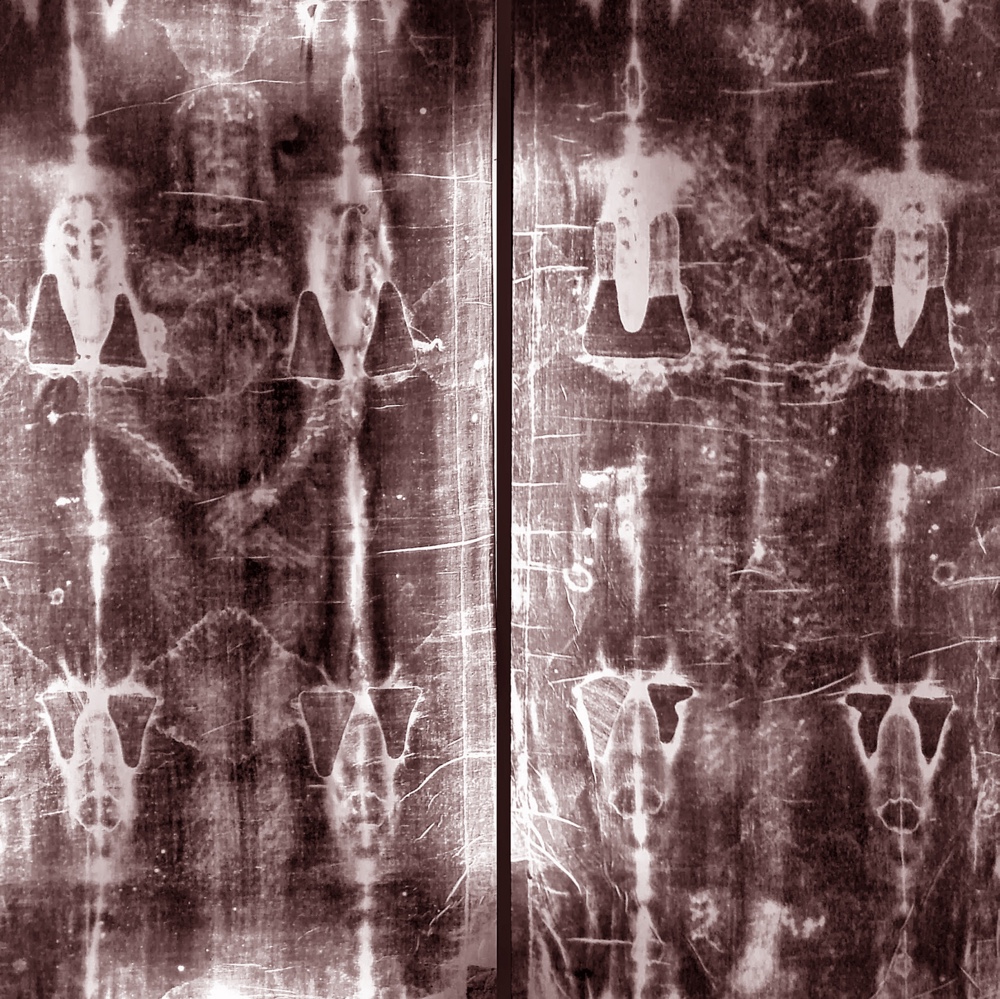
Objective scholars describe the Shroud as a puzzle that reveals more surprises the deeper one delves. It requires a sincere desire to learn rather than a predetermined agenda. Science and faith, they argue, need not be in conflict. Even if the Shroud were dated to the 1st century AD, it wouldn’t conclusively prove it to be Jesus’s burial cloth. Conversely, faith does not rely on physical proof.
What’s the Shroud of Turin and When Studies Started
The Shroud’s documented history begins around 1350 in Lirey, France, where it was first venerated due to the wounds on the depicted figure, resembling those of Christ as described in the Gospels. The Shroud’s journey saw it moved to Chambery, where it was damaged in a fire in 1532, and later to Turin, where it remains today.
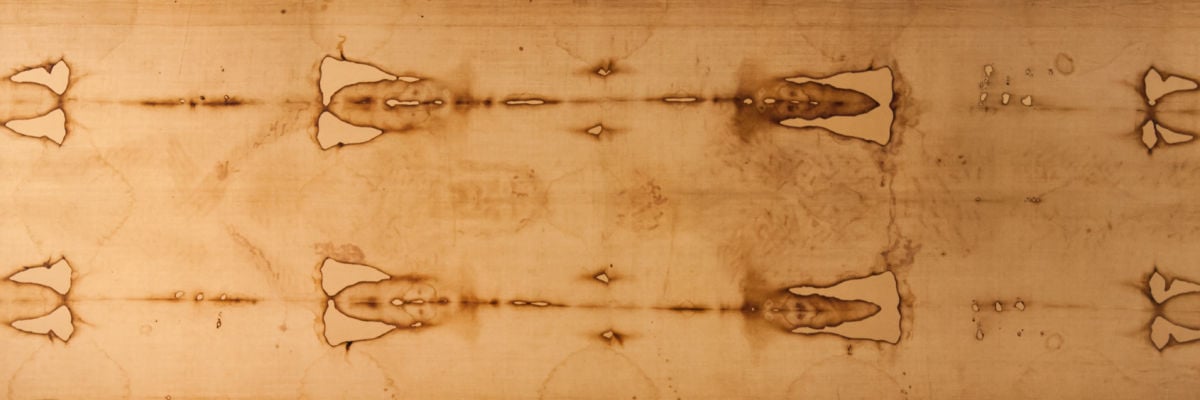
The major scientific debate ignited in 1898 when Secondo Pia, a lawyer and photographer, took the first photograph of the Shroud. Instead of a negative image, Pia discovered a positive image, suggesting the Shroud itself was a negative. This revelation sparked intense scrutiny and gave birth to the field of Sindonology, the study of the Shroud.
Scientific Studies on the Shroud
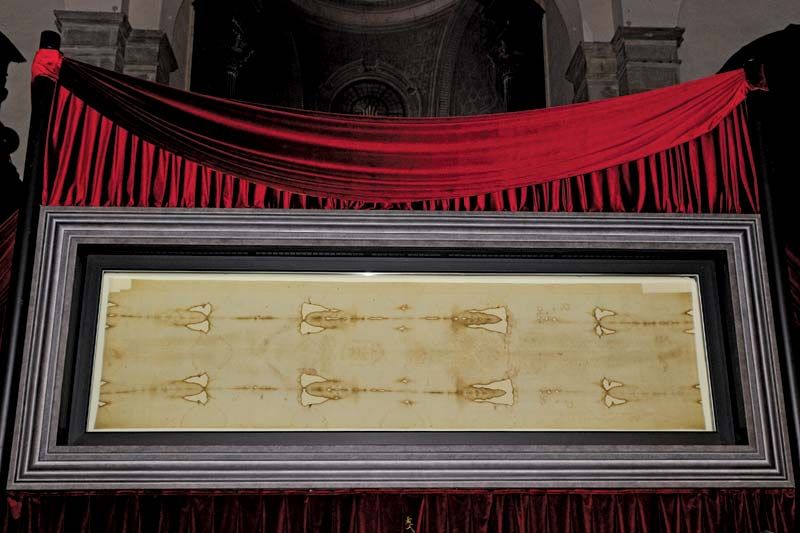
In 1978, the Roman Church allowed the STURP (Shroud of Turin Research Project) to analyze the cloth. Key findings include:
- The image is superficial, affecting only the top fibers of the linen.
- No paint was found on the Shroud.
- The image is three-dimensional, as revealed by NASA’s VP-8 Analyzer.
- Forensic analysis confirmed the presence of real blood, specifically from a tortured male with blood type AB.
- Radiocarbon dating suggested the linen dates to 1260-1390 AD, a peak period for creating fake relics.
While these studies led some to proclaim the Shroud a medieval forgery, the presence of real blood and the mysterious nature of the image’s formation kept the debate alive. Some researchers questioned the radiocarbon dating, suggesting the tested samples were from repaired sections of the Shroud, contaminated by the 1532 fire.
Proponents of the Shroud’s authenticity point to the wounds corresponding to those of Jesus as described in the Gospels, including the spear wound on the left side and scourge marks consistent with Roman practices. Skeptics argue that the Shroud’s image lacks the geometric distortions expected from a body imprint and that the linen’s weaving pattern was not used in 1st century Israel but was common in medieval Europe.
Bridging Faith and Science
The Holy Shroud of Turin remains a subject of fascination and debate, bridging the realms of faith and science. For those intrigued by its mystery or drawn by faith, Turin offers a journey through history and belief:
- The Chapel of the Holy Shroud: Connected with the Cathedral of Saint John the Baptist and the Royal Palace of the Savoys, designed by Guarino Guarini.
- The Museum of the Holy Shroud: Located on Via San Domenico, it houses extensive research and artifacts related to the Shroud, including Secondo Pia’s original photographic plate and camera.
The questions surrounding the Shroud continue to intrigue and inspire, inviting both believers and skeptics to explore its enigmatic legacy.



